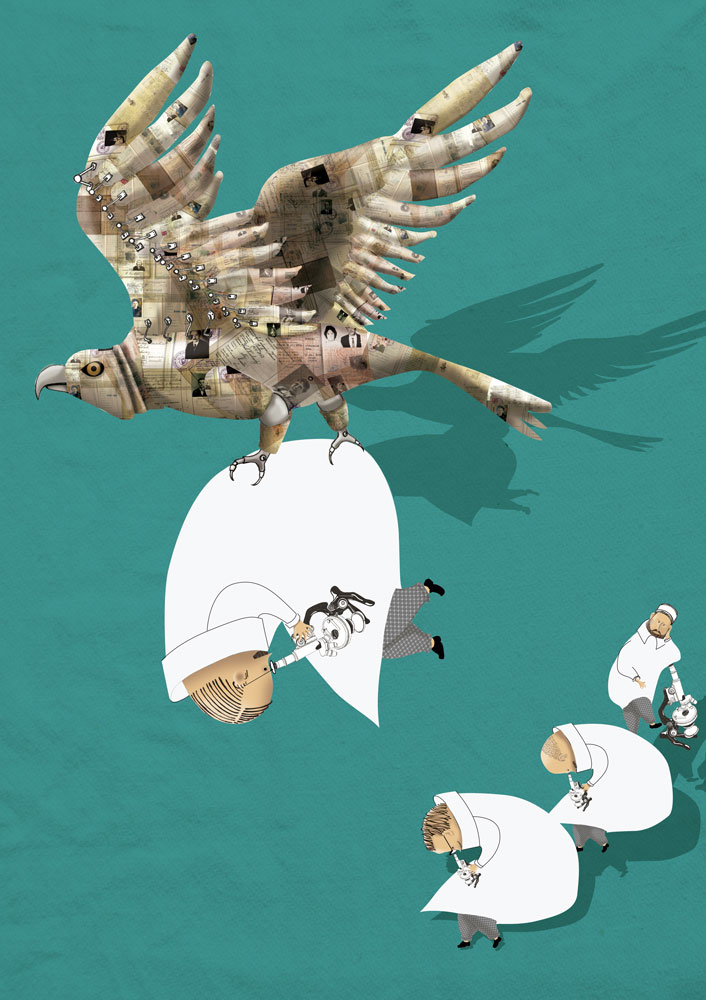In the field of Spanish neuroscience, one name is prominent over the rest: Santiago Ramón y Cajal. Even though he died before the Civil War, he deserves special attention. The physician from Petilla de Aragón was not only a science mastermind and Nobel Prize awardee due to his research on the Nervous System, he was also an excellent humanist and the best ambassador for Spanish culture in the world. He directed the JAE during a period in which a stalling Spain needed to converge with the rest of Europe. He led the most important school of neuroscientists of the country comprised, among others, by Gonzalo Rodríguez Lafora, who described the progressive myoclonic epilepsy known today as “Lafora disease”. Lafora exiled to Mexico where he contributed to the foundation of the Institute of Medical and Biological Studies of the National Autonomous University of Mexico. Another outstanding neuroscientist was Pío del Río Hortega, nominee to the Nobel Prize of Medicine due to his discovery of the microglia cells, or Hortega cells. After the war we exiled to Argentina where he continued his successful research on the Nervous System. Before the war, Hortega taught Isaac Costero Tudanca, the first scientist to obtain footage on the behavior of microglia in the human brain. He exiled to Mexico, where became a prominent expert in pathological anatomy.
La escuela de la neurona

